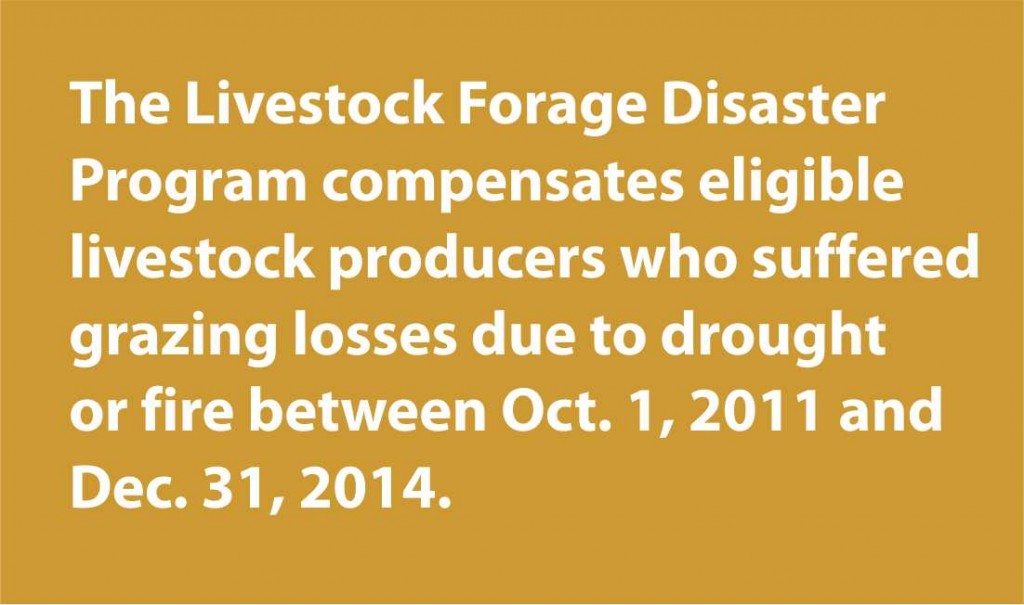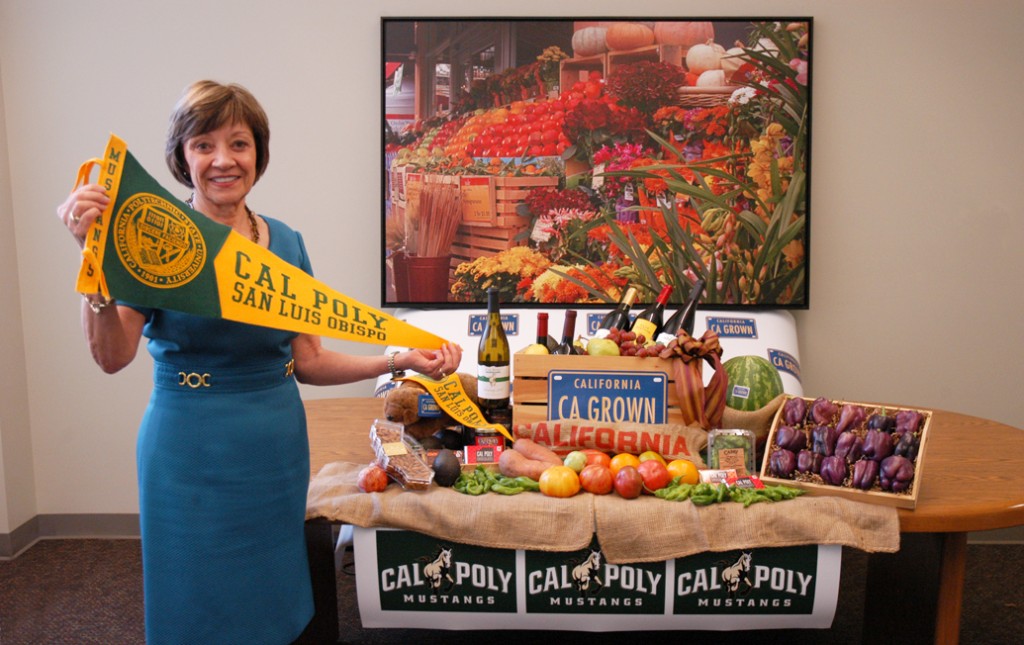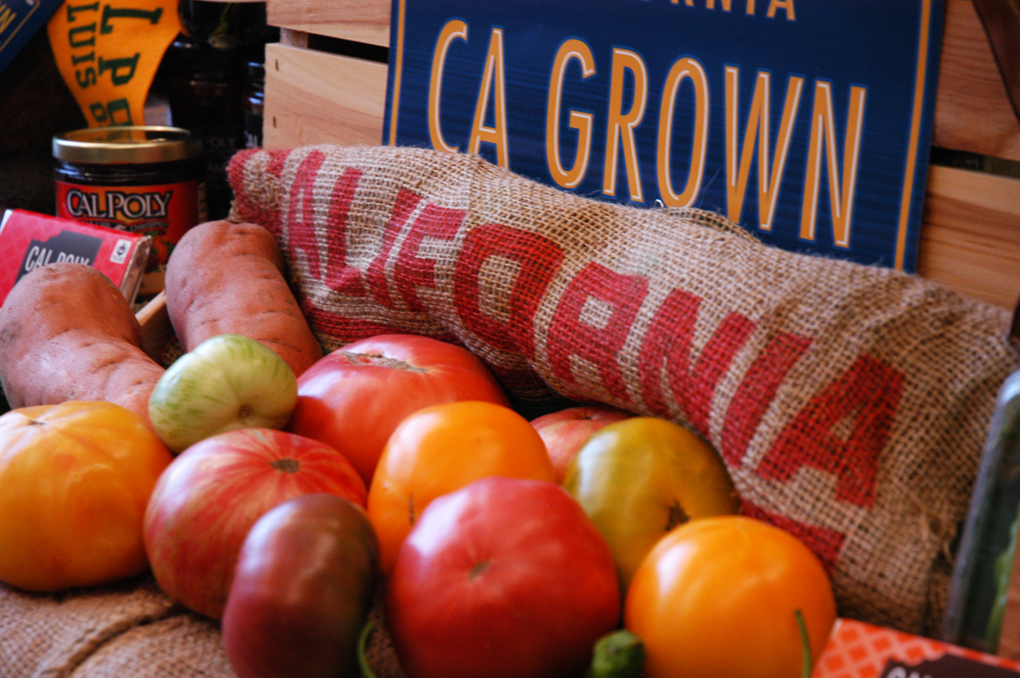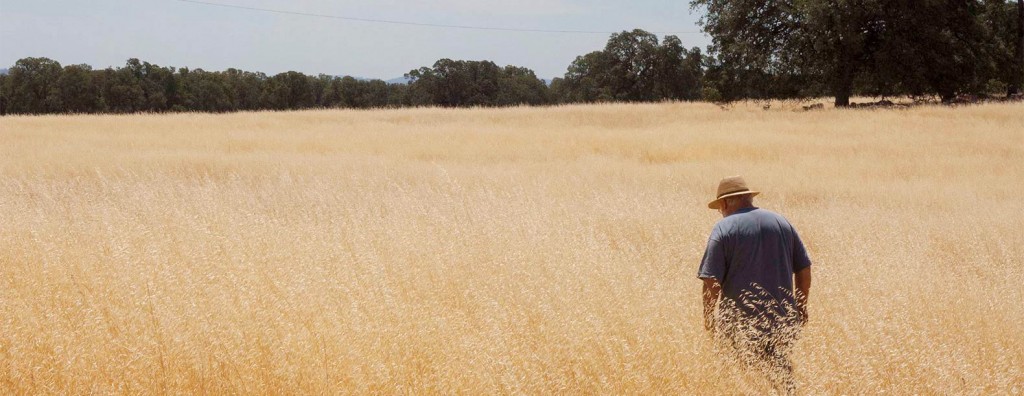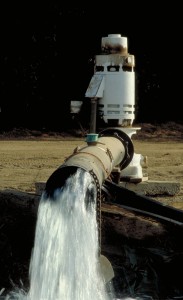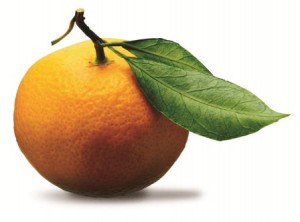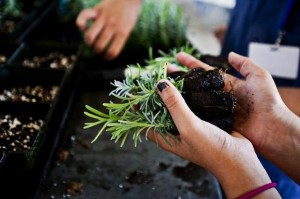
Students plant lavender during a horticulture class taught by Atwater High School agriculture department Chairman Dave Gossman on Wednesday. ANDREW KUHN/Merced Sun-Star
By DOANE YAWGER
Atwater High School’s agriculture program is in the running to be named the top such endeavor in the nation.
By virtue of being named the top ag program in the state this year by the California Agricultural Teachers Association, the Atwater program was nominated for the national award and should be notified soon, Principal Alan Peterson said.
“They’re getting the recognition they deserve,” Peterson said. “They deserve it. They are a hardworking staff with a lot of motivated students.”
The national ag teachers association holds its annual conference Nov. 18 in Nashville, Tenn.
Dave Gossman, AHS agriculture department chairman, said at least half of the school’s 1,800 students have taken one or more agricultural courses. Last year it became the largest single high school ag program in the nation.
“We’re excited,” Gossman said. “We’ve got a supportive school, district, community and ag industry. The credit should go to all.”
There are five directions ag students can take. They can take pathways in agricultural mechanics, which includes welding, engines and woodworking. Or they can take agricultural science, ag biology and life science courses. Then there is floriculture; animal science and veterinary skills; and leadership and agribusiness, Gossman said.
Makala Navarro, a senior and an ag student, said she didn’t have many expectations when she took agriculture as a freshman.
“II was quiet and shy. I had no ag background,” Navarro said. “Through the past three-plus years, I have gained confidence and direction in life, and my goal is to enter a four-year university and major in agriculture education with the desire to be an agriculture teacher.
Natalie Borba, ag instructor, said the reason so many students get involved in agriculture education and Future Farmers of America is because it has personal value, it’s fun, and gets them participating in activities and events that extend beyond the classroom.
“For the parents and guardians, ag ed serves as a vehicle toward academic interest and success. For the community and ag industry, it keeps kids focused on something positive and provides a future pipeline of leaders and industry employment,” Borba said.
Gossman said if Atwater High is selected as the Region 1 winner of the State Outstanding Middle/Secondary School Agricultural Education Program Award, a teacher from its agriculture program will receive an expense-paid trip to attend the 2014 NAAE convention, where the program will be recognized during a general session. The Atwater program also received the top state award four years ago.
The Outstanding Middle/Secondary School Agricultural Education Program award is partially sponsored by Monsanto as a special project of the National FFA Foundation. Applicants are judged on teaching philosophy, effective classroom and experiential instruction, development of partnerships, and professional growth.
“The award and recognition is something we take pride in. However, it reflects the positive difference agricultural education makes on young people in terms of personal growth, academic success and career exploration,” Gossman said. “It is a proven education model that is for all kids. It provides value to both agriculture and non-agriculture-directed students.”
Gossman said the same success stories can be found in all high school agriculture programs throughout the state.
“It’s all about making a positive difference in the lives of young people,” Gossman said. “Ag ed is a great vehicle to accomplish this task.”
The National Association of Agricultural Educators is the professional organization in the United States for agricultural educators. It provides its nearly 8,000 members with professional networking and development opportunities, professional liability coverage, and extensive awards and recognition programs.
Read the story on the Merced Sun-Star site, with multiple photos: http://www.mercedsunstar.com/2014/09/03/3827889/atwater-highs-agriculture-department.html



